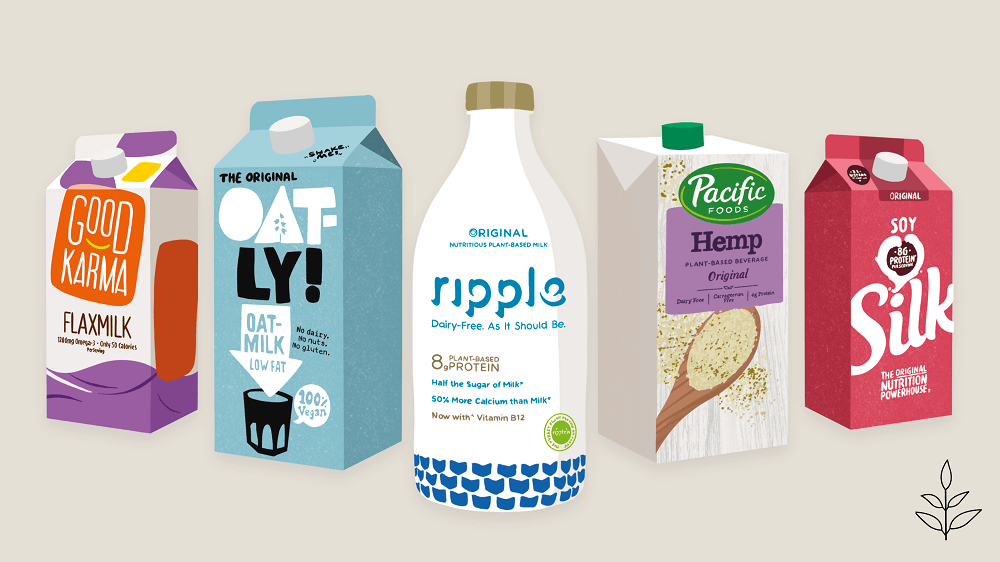There’s never been a better time to step away from dairy and embrace plant-based milk, aka “the future of milk.” The options for plant milk are abundant, with an option that caters to every possible allergy or sensitivity.
From nut milks to grain and seed milk to soy milks, here is every dairy-free milk (that we know of) explained, and ranked.
Every Plant Milk on the Planet, Ranked
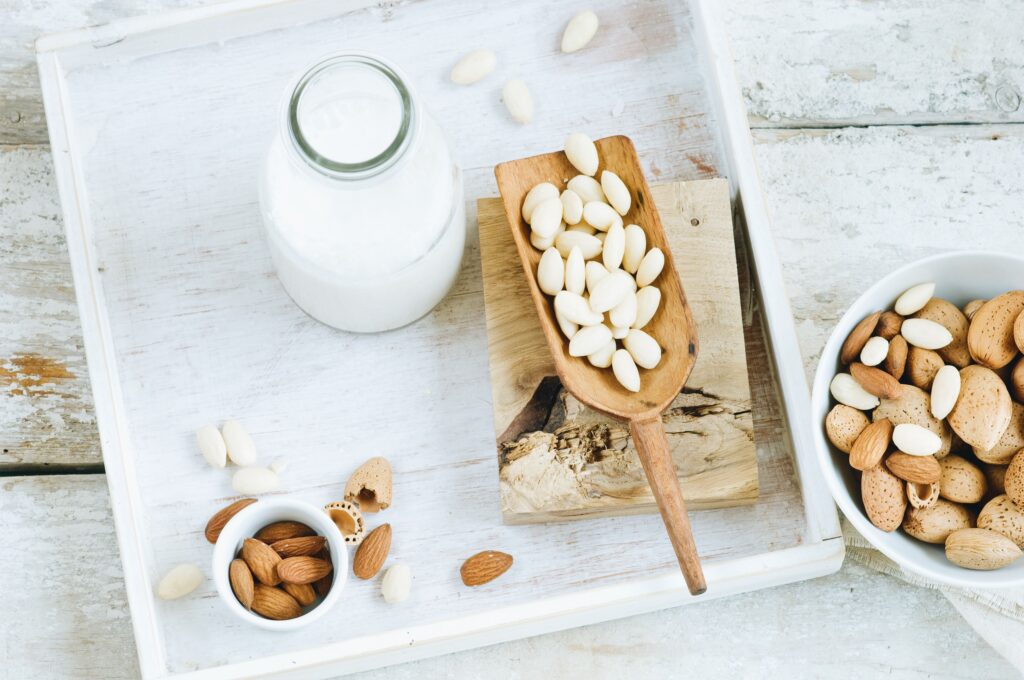
Almond Milk
Almond milk is in most supermarkets, but it’s also easy to make at home. This dairy-free option is a great source of vitamin E and lower in calories than cow’s milk. One cup of unsweetened almond milk contains 30 to 60 calories, while one cup of 1% fat cow’s milk is 103 calories.
Almond milk doesn’t provide the same nutritional benefits as eating almonds, however. Almond skins — where the fiber and antioxidants are —are removed before the almonds are soaked in water and blended to make milk. Fortunately, there are plenty of almond milks out there that are fortified with vitamins, including calcium. For example, Silk Unsweet Almond contains 30 percent of the daily value of calcium.
Rankings (on a scale of 1 to 5)
Taste: 5
Nutritional Value: 4
Versatility: 4
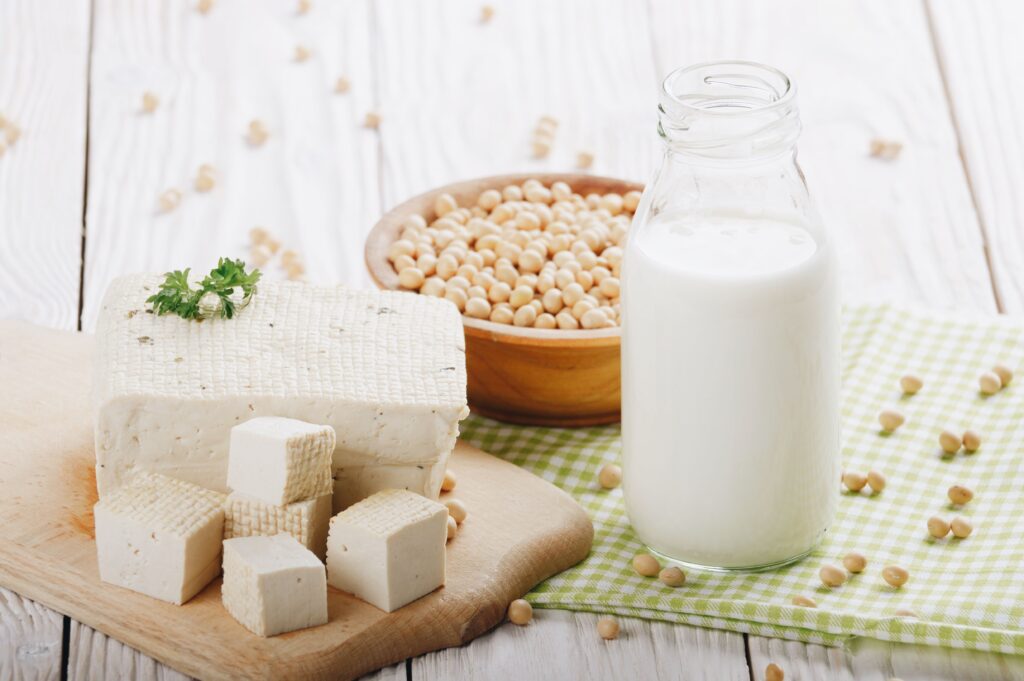
Soy Milk
Soy milk can be found in supermarkets or made at home. A favorite for latte lovers for its amazing ability to froth, soy milk has a similar level of protein to cow’s milk, but it’s low in saturated fat and has no cholesterol. Similar to almond milk, commercial soy milk often has added nutrients so you get more bang for your buck. Silk’s Unsweet Organic Soy contains 20 percent of the daily value of calcium. You’ll also want to watch out for added sugars.
You may have heard that consuming soy products can increase the risk of breast cancer in women. A closer look at the research finds that this may not be the case. The American Cancer Society points out that previous studies on soy were conducted on animals, not humans, and in fact, research shows soy products may actually lower the risk of breast cancer.
Taste: 4
Nutritional Value: 5
Versatility: 5
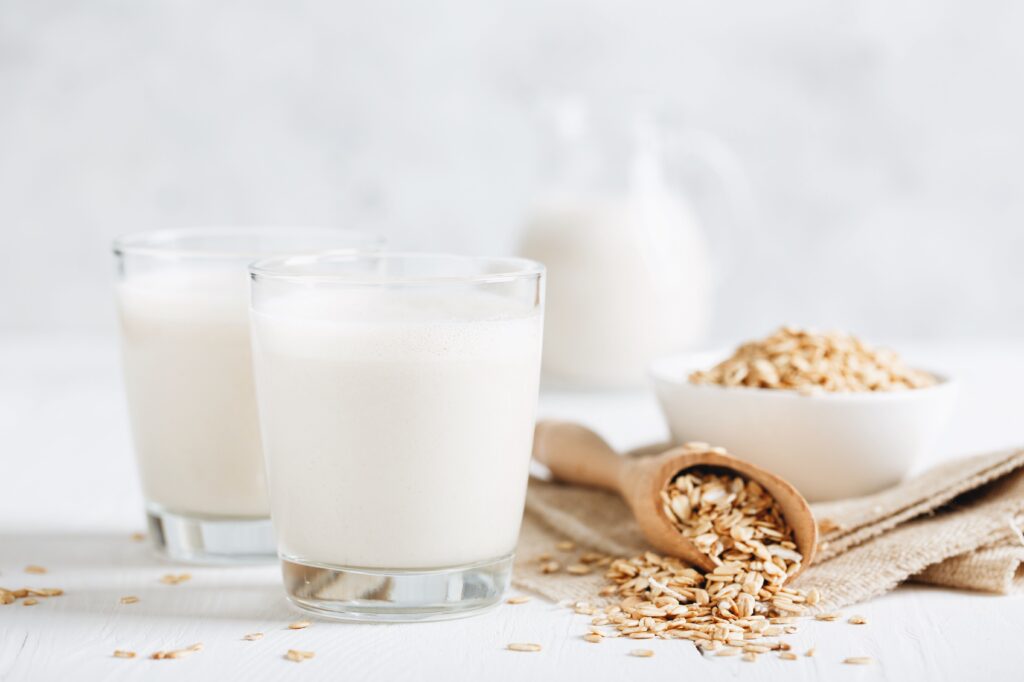
Oat Milk
Oak milk has exploded onto the scene in recent years due to its comparatively mild flavor. Similar to almonds and almond milk, oat milk doesn’t contain the same amount of nutrients as if you had a bowl of overnight oats. But it’s a decent source of fiber, and oat milk is often when fortified with calcium (Califia Farms’ Unsweetened Barista Blend contains 20 percent of the daily value of calcium) and vitamin D, too.
Oat milk is also a great choice for anyone with lactose intolerance or a soy allergy. Oat milk has become a favorite of coffee chains around the globe, and for you bakers, there’s even condensed oat milk in the UK!
Taste: 5
Nutritional Value: 3
Versatility: 5
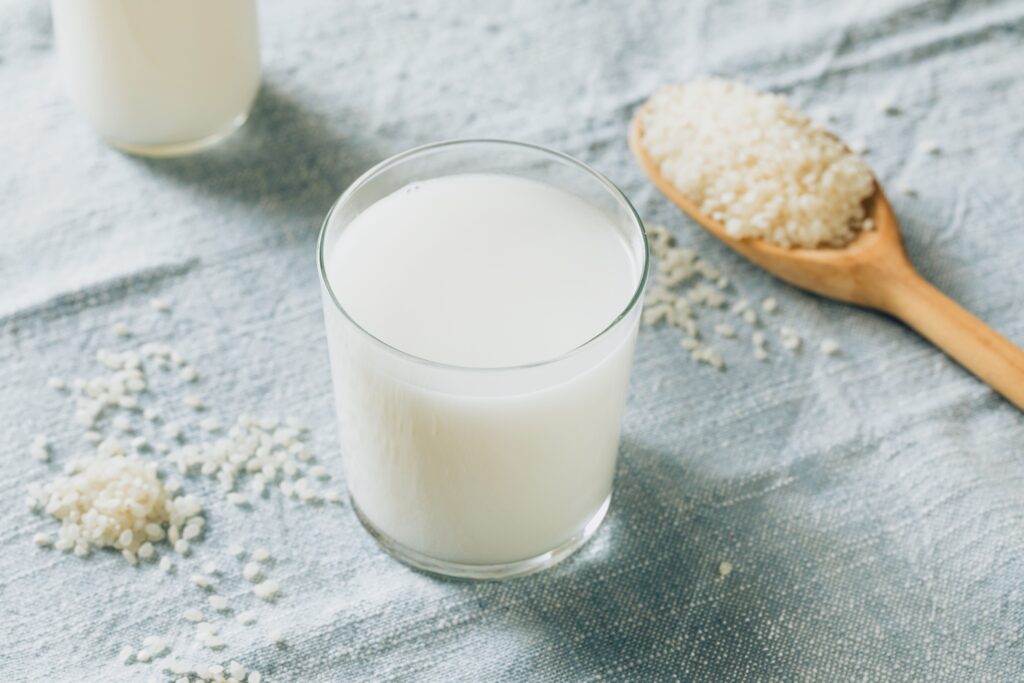
Rice Milk
If you want a light flavored creamer to take a backseat in your cup of dark roast, rice milk could be for you. It can be made from white or brown rice, and like other non-dairy milks, it’s often fortified with nutrients. Kirkland’s Signature Organic Rice Milk contains 25 percent of the daily value of calcium.
Rice milk has more carbohydrates than other milks and less protein. Diabetics should know it has a high glycemic index, which means that it can raise blood sugar rapidly. But rice milk is your most hypoallergenic option: it’s dairy-, gluten-, soy- and nut-free.
Taste: 2
Nutritional Value: 3
Versatility: 3
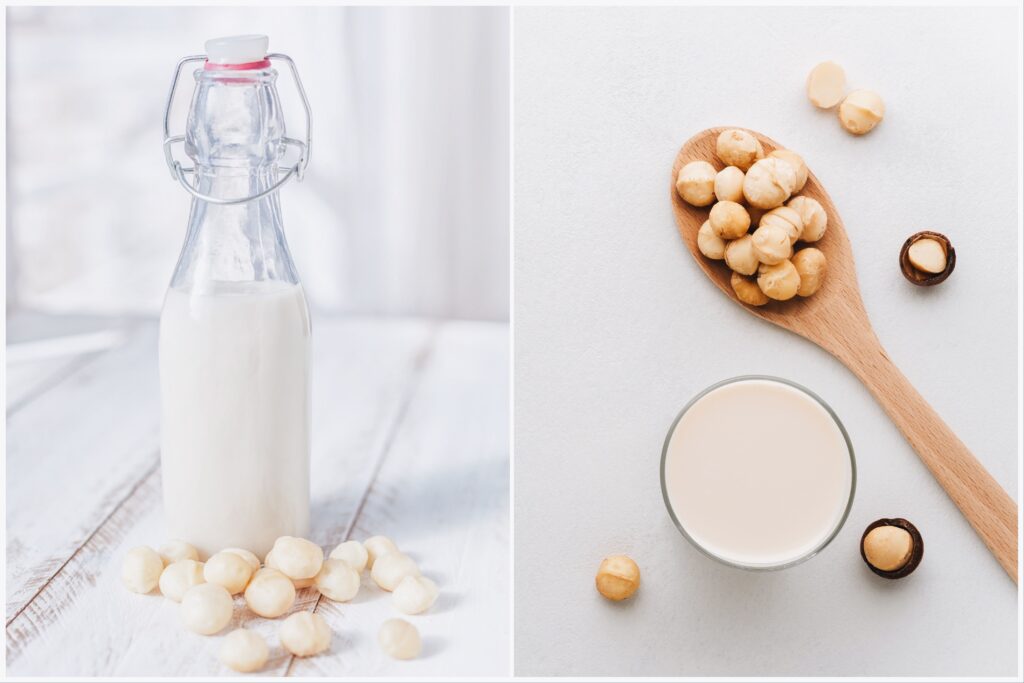
Macadamia Milk
Macadamias are a buttery-tasting nut originally from Australia and they’re a popular ingredient in baked goods. The food website Food52 calls macadamia milk, “richer and more decadent than almond milk,” so perhaps you can save this delicious milk for special occasions. It’s higher in fat than many plant-based milks (4-5 grams of fat, compared with 4.5 grams for almond milk) and one cup has 50-70 calories. Like other plant-based milks, it’s often fortified with calcium. Milkadamia Unsweetened, for example, contains 30 percent of the daily value of calcium.
Taste: 4
Nutritional Value: 3
Versatility: 3
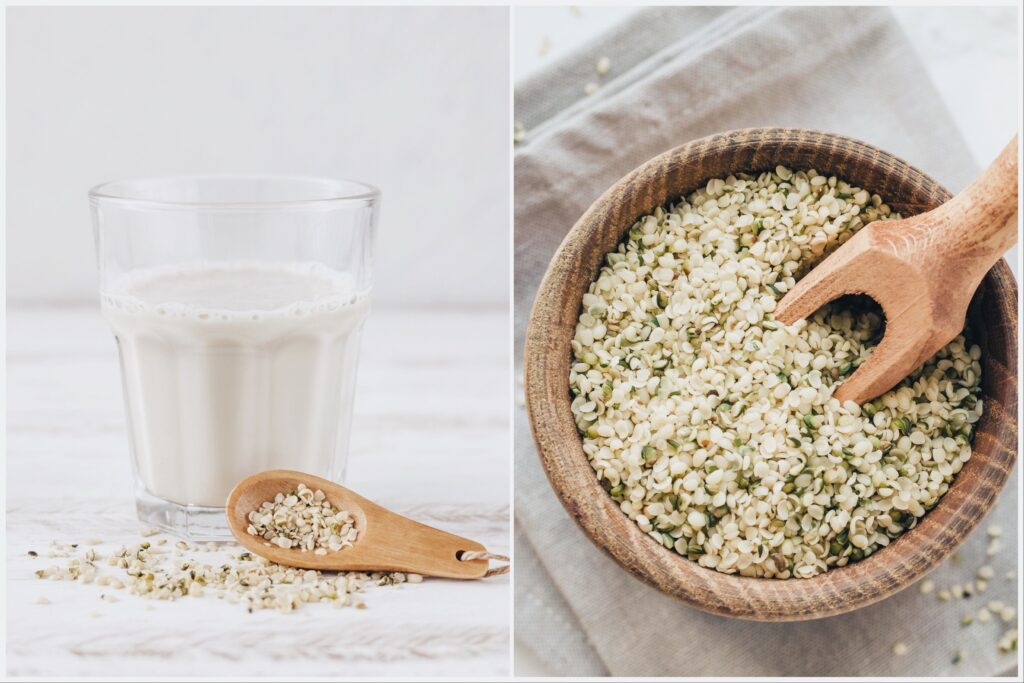
Hemp Milk
While derived from the cannabis plant, hemp doesn’t contain the psychoactive component THC, the psychedelic compound found in marijuana. Hemp seeds have a ton of uses, including hemp flour, margarine, and — the reason why we’re here — hemp milk. Hemp milk is creamy and tastes nutty.
One cup of hemp milk contains 83 calories — more than almond milk but less than cow’s milk. Fans tout its fatty acids (omega-3 and omega-6), which is crucial if you’re trying to remove fish from your diet. And it’s usually fortified with calcium. (Pacific Foods Original Hemp Milk contains 30 percent of the daily value of calcium.) It’s gluten-, nut-, soy- and dairy-free, which makes it a good choice for those with allergies.
Taste: 4
Nutritional Value: 5
Versatility: 5
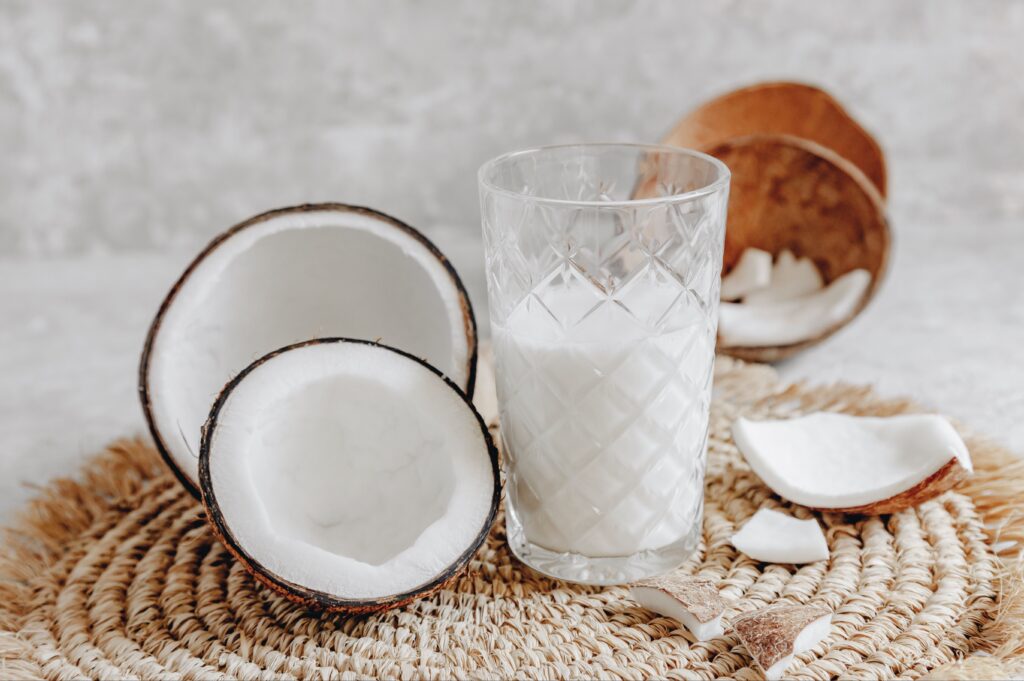
Coconut Milk
Creamy coconut milk is the basis of tons of soups, curries, and stews thanks to its delicious flavor and smooth texture. Coconut milk is high in fat — 552 calories per cup — but you can also buy “lite” coconut milk for a less caloric option. While there is some dispute about whether coconut milk is heart-healthy, it’s got other things going for it nutritionally.
Coconut milk contains lauric acid, which may boost the immune system, and medium-chain fatty acids, which might aid in weight loss. But, it usually contains less calcium — So Delicious Unsweetened Coconutmilk contains just 10 percent of the daily value.
Taste: 5
Nutritional Value: 3
Versatility: 5
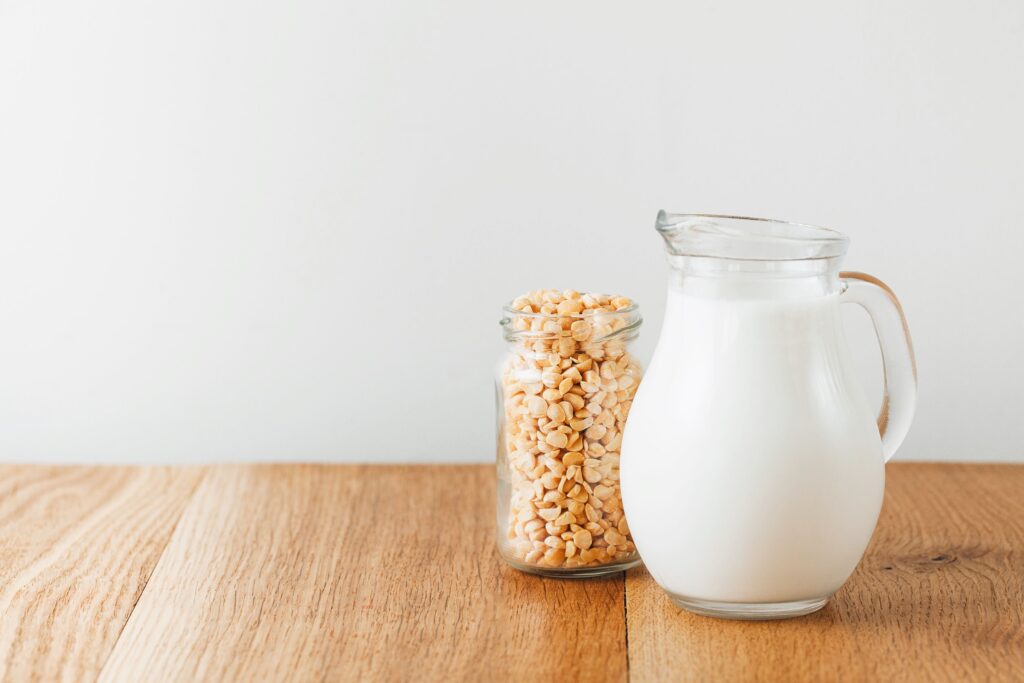
Pea Milk
You may have heard of pea protein before if you’re big into smoothies, but have you heard of pea milk? Made from the protein of yellow split peas, pea milk contains anywhere from 8 to 16 grams of protein per serving. (Even though pea milk doesn’t taste like peas, you may find it branded as “plant protein milk” because marketers decided that sounds less strange.) It may also be fortified with calcium. For example, Ripple contains 35 percent of the daily value of calcium.
Pea milk is soy-, dairy-, gluten- and nut-free, making it another great option if allergies are a concern.
Taste: 3
Nutritional Value: 4
Versatility: 3
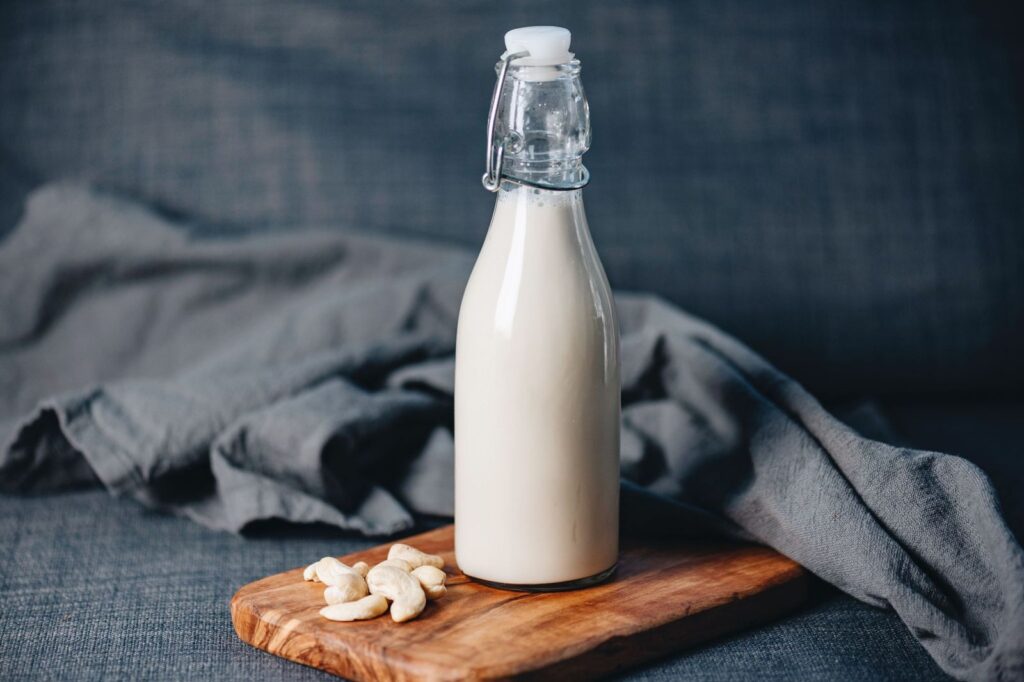
Cashew Milk
Surely you’ve heard about cashew cream sauce — it’s a must for plant-based pastas. But don’t sleep on cashew milk, another derivation of the humble cashew. Cashew milk is low in calories (25 calories per unsweetened cup) and it’s a great source of vitamin E. But it’s also low in protein compared to other nut milks and the sweetened versions, like other plant-based milks, can have added sugars. It’s also not the best source of calcium; Elmhurst Milked Cashews contains just 2 percent of the daily value of calcium.
Taste: 5
Nutritional Value: 3
Versatility: 3
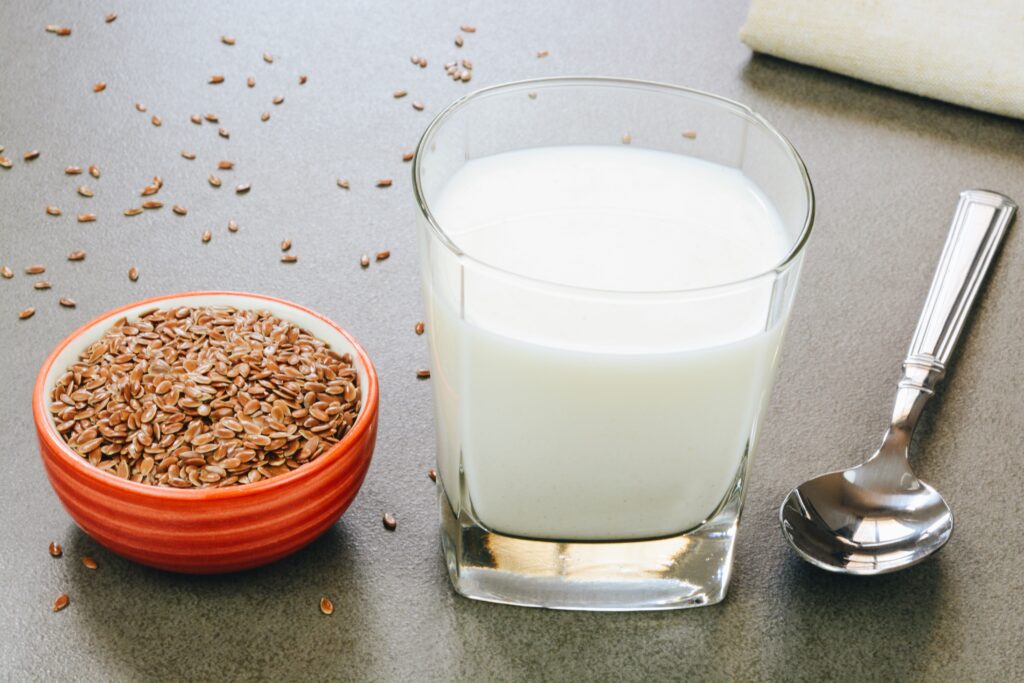
Flaxseed Milk/Flax Milk
Flaxseed, also known as linseed, is a tiny seed from the flax plant. This makes flax-based milk one of the best plant-based sources for omega-3 fatty acids. It also contains both soluble and insoluble fiber, which helps with digestion. And as for calcium, Good Karma Flaxmilk contains 30 percent of the daily value of calcium.
It has a sweet, nutty flavor that’s a little bit nutty and slightly toastier than almond milk. Flaxseed milk is nut-, dairy-, gluten- and soy-free, so it’s a good choice if allergies are a concern.
Taste: 5
Nutritional Value: 5
Versatility: 4
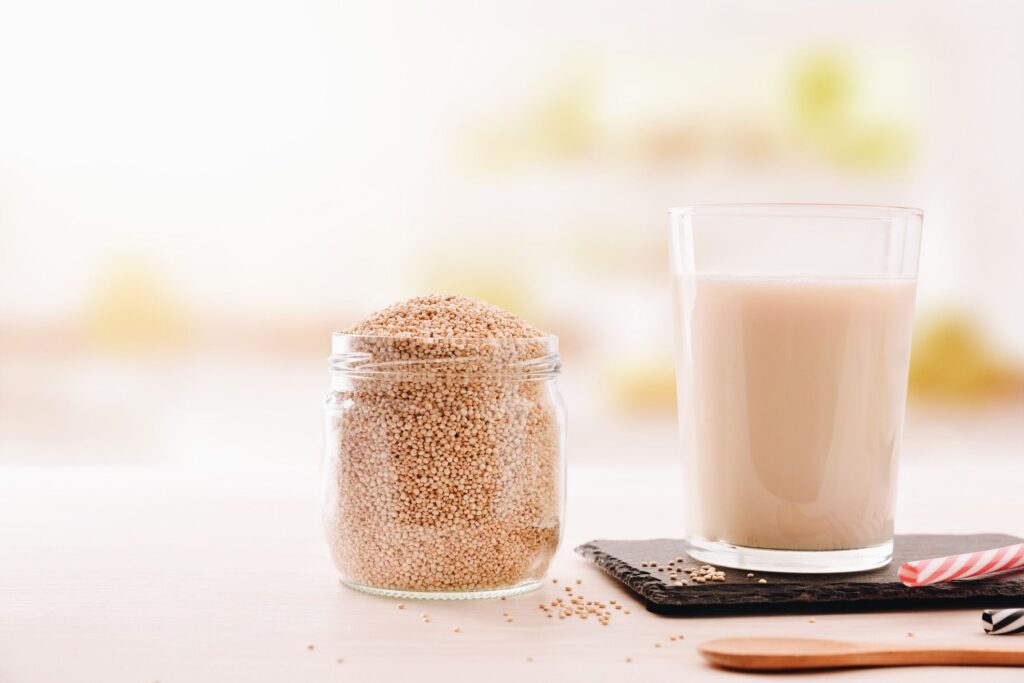
Quinoa Milk
Quinoa … milk? You read that right. The quick-cooking seed (yes, quinoa is a seed — despite being considered a whole grain) can be made into a gluten-free milk with a slightly nutty flavor. Quinoa milk is comparatively low in protein (2.6 grams per cup) compared to other plant-based milks, but it’s a decent source of fiber. As far as calcium goes, a serving of Suzie’s Unsweetened Quinoamilk contains 30 percent of the daily value of calcium.
Taste: 3
Nutritional Value: 3
Versatility: 3
Pistachio Milk
One of the newest plant drinks on the market, pistachio milk has a distinctive flavor and mint green hue that slightly colors lattes and other beverages when added. It’s sweet, creamy, and typically contains less calories, saturated fat, and carbohydrates than cow’s milk. A few different brands make and sell pistachio milk now including Borna and Tache, and some coffee shops have already added it to their vegan milk roster based on its light flavor and foamable texture.
Pistachios are a good source of healthy fat, protein, and nutrients, though in milk form content is relatively low. As with the majority of plant drinks, producing pistachio milk has a considerably lower impact than animal-based milk, and pistachios have a smaller carbon footprint than some similar nuts. However, pistachios themselves are fairly water intensive and frequently grown in California, where water conservation is even more important now than ever before.
Taste: 5
Nutritional Value: 4
Versatility: 4
Peanut Milk
For a while, peanut milk was heralded as the hot new addition to the world of vegan beverages. After rebranding as a plant-based company in 2017, New York’s famous (former) dairy company Elmhurst introduced several peanut milk products. These included chocolate, chocolate peanut protein, and vanilla protein milkshakes. However, the company discontinued the range after just two years, citing “manufacturing difficulties”—perhaps due to the logistics of working with such a potent allergen.
Fortunately, peanut milk is easy to make at home, as well as being affordable, nutrient dense (peanuts are higher in protein than any other), and relatively low impact. It’s been described as having an unexpectedly strong flavor and purple color, making it a firm favorite for some and one to avoid for others. It’s rich in saturated fats, protein, vitamin B6, and magnesium.
Taste: 4
Nutritional Value: 5
Versatility: 3
Hazelnut Milk
Hazelnut milk has been a popular choice in the UK for some time, with a creamy, almost chocolatey flavor that works great with coffee, milkshakes, and on cereal. Brands including Alpro, Rude Health, Innocent, Plenish, and even private label varieties from Asda and other supermarkets (though perhaps avoid adding it to your cup of tea).
Hazelnut milk is simple to make at home and rich in healthy fats, vitamin E, thiamin, and magnesium. The hazelnut also requires very little water to grow, and can thrive even in harsh conditions where other crops may fail—it even helps to prevent soil erosion. Compared to high-impact and location-dependent crops such as almonds, hazelnuts are extremely versatile.
Taste: 5
Nutritional Value: 4
Versatility: 3
Potato Milk
Swedish startup Dug just introduced the world’s first potato-based milk in three varieties: original, unsweetened, and barista. Dug fortifies its potato drink with vitamins and minerals, making it a good source of B12, D, and folic acid, while potatoes themselves are rich in carbs, fiber, and vitamin C. According to the brand, it foams just like dairy milk, has a creamy, smooth flavor, and is extremely sustainable, even compared to competing plant milks.
According to Dug, its methods use a whopping 56 times less water than almond milk production. Producing potato milk has an extremely low carbon footprint and uses just half the land required to farm oats—which itself uses a fraction of the resources required in dairy farming. As ever, all plant-based milks win out over dairy products in terms of sustainability.
Taste: 4
Nutritional Value: 3
Versatility: 5
LIVEKINDLY is here to help you navigate the growing marketplace of sustainable products that promote a kinder planet. All of our selections are curated by the editorial team. If you buy something we link to on our site, LIVEKINDLY may earn a commission.


